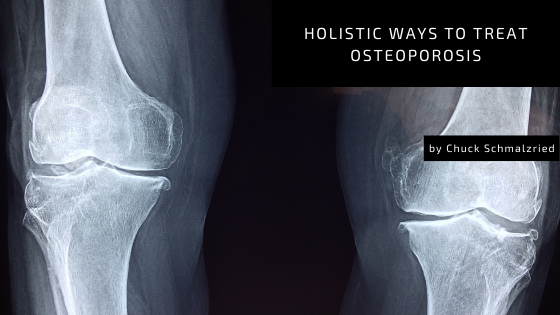Osteoporosis is a major health condition among the aging population, especially women over 50 years of age. Those with the disease have an increased risk for fragility fractures and serious complications like hip fracture, pneumonia, broken bones in other parts of the body, blood clots, and heart attack. The most common type of osteoporosis is postmenopausal osteoporosis which occurs due to the loss of bone mass density after menopause. Apart from menopause, osteoporosis is caused by various factors including genetics, lack of adequate calcium, smoking, alcohol, kidney failure, and prolonged use of certain medications. There are various ways to control and treat osteoporosis, but some may be more effective than others.
- Diet
People with osteoporosis should eat foods rich in vitamin D, magnesium, calcium, potassium, and Vitamin K. Good sources include fortified milk, yogurt, mushrooms or egg yolk, asparagus, almonds, salmon, sardines. Another way to reduce or treat this disease is to include vegetables and fruits that contain antioxidants such as raspberries, blueberries, strawberries, oranges, cherries, kale, broccoli, spinach, tomatoes, and red pepper that help prevent damage caused by free radicals. Also, the presence of Vitamin C increases the absorption of calcium in the body.
- Exercises
Exercise will also ensure that one gets enough calcium in their diet. It increases muscle strength, balance, and flexibility. When done correctly, it can increase metabolism and decrease the amount of fat stored in cells. Doing weight-bearing exercises like walking, jogging, and swimming has been associated with lower rates of osteoporosis. However, doing these activities too often might cause stress on joints. People with osteoporosis need to do less intense workouts three times a week. In addition, they should try out yoga or tai chi. These forms of exercise teach people how to relax, breathe smoothly, learn new skills, and experience physical pleasure. They are all techniques meant to help them live healthier lives.
- Herbs
There are herbs that can strengthen bones. For example, Red clover and Black cohosh strengthen bones by increasing bone tissue mineral content. However, before taking any of these herbs, one should consult their doctor first to ensure there are no side effects.
- Surgery and Other Procedures
Kyphoplasty and Vertebroplasty are procedures that involve injecting cement into areas where spinal vertebrae are weak and having them stick together. While Kyphoplasty is used mainly for patients at high risk of further fractures, Vertebroplasty is used for those who have already had several spine fractures and cannot stand for much longer without pain relief. Both methods have shown positive results.
